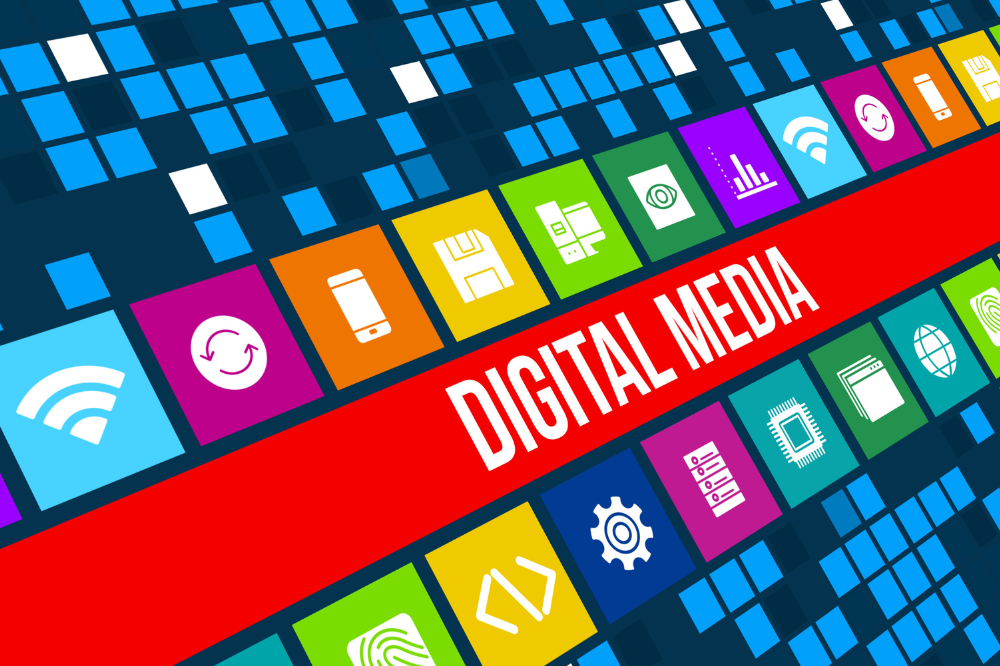It’s a well-known fact that the amount of people watching live TV is diminishing. More and more people are opting to watch video-on-demand or streaming services instead. Campaign’s TV Advertising Summit aims to bring TV advertisers together to discuss how best to tackle this shift in viewing behaviour.
Of course, people still watch TV. A lot of it in fact, with broadcaster TV accounting for 68% of people’s video intake across the country. Individuals aged 65+ are particularly avid TV viewers, as we have established in our Join the Dots report on the grey market.
Among the speakers at the Summit was Matt Hill from Thinkbox who was keen to stress that while TV viewing was changing, the potency of TV as a medium was still as strong as ever. The rise of SVOD (Subscription Video on Demand) platforms such as Netflix have, however, pulled people away from watching ad-funded TV, but this doesn’t mean that SVOD and legacy TV are mutually exclusive.
Thinkbox’s research into the needs that drive TV viewing show that, when it comes to wanting experience and comfort, 16-34 year olds are equally drawn to legacy TV as 65 year olds. And it is this age group that epitomised the problems that those attending the summit were looking to address. Remember that 68% video intake stat I mentioned at the beginning? Well, it drops to 45% when looking at just 16-34s.
This decline, emphasised again in the Ebiquity “Mind the Gap” report, lays at the heart of TV’s woes, as the advertising reach that TV had for so long been able to claim is starting to dwindle due to the changing behaviours of younger viewers.
But this group also presents a vital opportunity – 16-34 year olds watch nearly 90 minutes of online video (YouTube, Facebook, etc.) a day, below the nearly 120 minutes of broadcaster TV but still a hugely sizeable chunk of video viewing. Nigel Walley from Decipher also highlighted that AVOD (advertising-based video on demand) was increasingly being watched more on people’s TVs rather than a computer, so surely the solution couldn’t be any clearer?
Well, yes and no. What is clear is that online video such as YouTube was necessary to maintain the level of advertising reach once exclusively held by TV. Should the trends we see continue, reaching these younger individuals with TV alone will become extremely difficult.
As such, the time of seeing broadcast TV and online video as mutually exclusive media channels needs to end. Ed Duncan at Smart Energy perfectly summarised how companies had previously seen the channels as competing (“my ITV is better than your Facebook”) which has delayed the process of integrating both together effectively.
However, speakers at the summit were quick to point out that using online video in tandem with broadcast TV posed its own problems. Gareth George at Confused.com discussed how the brand safety concern continues to dog the online video platforms, with advertisers still not having enough transparency on where their adverts are placed (despite the efforts of YouTube and Facebook to address these concerns).
Measurement is also a key problem, especially when it comes to linking the impact of TV and online video together. As such, advertisers are taking steps to address this through initiatives such as the ISBA’s Project Origin, but the chances of the measurement issue being fixed anytime soon are slim.
So, what is the answer then? How do advertisers address the decline in legacy TV reach while still seeing strong returns from their marketing spend? How do we get YouTube and other online platforms onboarded properly to enhance, and not detract from the usual TV campaigns?
The answer may lie in how Direct Line Group went about things. Looking to improve TV performance but maintain their current level of spending, they conducted a deep-dive into the data behind their campaigns, building a robust econometrics model that could, in short, identify exactly what impact multiple factors including TV had on their revenues. With this data-driven learning in place, Direct Line managed to decrease their overall spend while continuing to increase their sales figures.
Of course, this isn’t going to be a one-size-fits-all approach, as not every advertiser will have Direct Line’s resources at their disposal. But it goes to show how, in this age of declining TV, conducting a fantastic strategy, underpinned by valuable and reliable data can allow some advertisers to buck this trend and deliver great value to their business.
In our opinion here at Join the Dots, there will no longer be a “what channel works best for me” mentality with TV being the frontrunner. Instead, businesses will move towards “what audience works best for me”, where a blended media approach generates the best return for clients based on how the audience behaves.
Discussing how brands can maximise TV tactics, Sam Gaunt from Lidl concluded: “It’s really about how you use the right bid strategies and the right kind of private marketplace in order to help clients secure the very best quality inventory, but also using data insight to create the right audiences and to connect the brand to the right people. It really is about brains over brawn”.
If only there was someone who could help you do that? (subtle plug, sorry I couldn’t resist). For more information on how we use data to inform our strategies, take a look at some of the amazing work we do.











